This classic Ukrainian red borsch recipe is the perfect way to warm up and nourish your body during the winter months.
Packed with healthy vegetables and protein from beef, this dish is not only delicious, but it’s also good for you.
Try this easy-to-follow recipe for a cozy and comforting meal that will satisfy your taste buds and keep you feeling satisfied.
Directions
0/0 steps made- To start, let’s get that beef cooking. We’ll need 0,6 kg of beef, 2-3 bay leaves, and 3 liters of water. In a large pot, bring the water to a boil. Then add the beef and bay leaves. Let that cook for 1-2 hours, or until the meat is nice and tender.
- While the meat is cooking, we can prepare our veggies. Peel and grate 2 medium beets, and chop up 1/2 head of cabbage. Dice 4 medium potatoes, and grate 1 large carrot and 1 onion.
- Once the beef is done, could you remove it from the pot and set it aside? In the same pot, add all of our prepped veggies to the beef broth. Let that simmer for about 30-40 minutes, or until the veggies are cooked through.
- In a small bowl, mix 1 tablespoon of tomato paste and 1 tablespoon of beetroot kvass. Add that to the pot and give it a good stir.
- Finally, add in 2 cloves of minced garlic, and salt and pepper to taste. Let that simmer for another 5-10 minutes.
- Serve hot with a dollop of sour cream and fresh herbs, and enjoy the flavors of Ukraine in your own home. Perfect for a cozy cold-weather meal, it’s a great way to warm up and nourish your body. Enjoy!
Analogs of Beetroot Kvass
Beetroot kvass is a traditional fermented drink from Eastern Europe, but it can be hard to find elsewhere. Luckily, there are several similar options available in the USA, Europe, Australia, and Canada that offer a comparable taste and nutritional profile.
Water kefir is a fizzy, slightly sour drink made from water, sugar, and kefir grains. Jun, a fermented beverage made with green tea and honey, also shares kvass’s tangy-sweet profile and is a good substitute.
Beet kvass powder is another option — made from dehydrated beetroot, it can be rehydrated to create a kvass-like drink with convenience and a long shelf life.
Several vinegars offer similar acidity or flavor notes. Red wine vinegar is closest to grape-based kvass, while apple cider, rice, and white wine vinegars provide milder, slightly sweet alternatives for culinary use.
Benefits of Borsch
Regarding why this recipe is good for health, there are a few factors to consider. Firstly, borsch is packed with a variety of nutrient-dense vegetables.
It includes beets, cabbage, potatoes, and carrots. So borsch is an excellent source of vitamins, minerals, and fiber.
Additionally, the beef in the recipe provides a good source of protein. Consuming a diet rich in vegetables and protein has been linked to improved overall health and a reduced risk of chronic diseases.
Risks of Borsch
On the other hand, there are some potential risks to consider with this recipe. Depending on the cooking method and ingredients used, borscht can be high in sodium, which can contribute to high blood pressure and other health issues.
Additionally, if the beef used in the recipe is high in saturated fat, this can also contribute to health risks if consumed in excess. It’s important to use lean cuts of beef and monitor sodium intake to reduce these risks.
Cooking Time
The total time for this recipe is approximately 3-4 hours, with 1-2 hours for cooking the beef. And an additional 2-3 hours for prepping and cooking the vegetables and broth.
However, the actual cooking time may vary based on factors such as the size of the beef, and the heat of the stove. And the desired tenderness of the meat and vegetables. It is essential to keep an eye on the cooking process and adjust as necessary to ensure the best result.
History of Classic Ukrainian Red Borsch
Borsch is a popular soup that originated in Eastern Europe, specifically Ukraine. And has become a staple dish in many countries around the world. The history of borscht is a fascinating tale that spans centuries and has been influenced by a variety of cultures.
The earliest versions of borsch were made with wild herbs and berries, which were boiled together to make a flavorful broth. As time passed, additional ingredients were added to the soup, such as beets, cabbage, and potatoes.
The soup became a staple in Ukrainian cuisine and was enjoyed by people from all walks of life. Nowadays in Ukraine, the soup is often made with pork and served with pampushky, a type of garlic bread.
Video by Tasting History with Max Miller
Borsch in Time
Borsch has been around for centuries and is thought to have originated in Ukraine. It was first mentioned in a cookbook from the 16th century. In the 18th century, borsch became more widely known throughout Europe. In the early 1900s, borsch became popular in the United States and was served in many restaurants.
Despite its many variations, borsch remains a beloved dish in many parts of the world. It has even been the subject of heated debates among chefs and food critics, with some claiming that there is a “right” way to make the soup. And others argue that the dish is meant to be adapted to suit individual tastes.
Regardless of how it’s made, borscht continues to be a delicious and nutritious soup that has stood the test of time. Its rich history and cultural significance make it a beloved dish that will likely be enjoyed for generations to come.
Borsch and UNESCO
Ukrainian borsch is more than a delicious soup — it’s a key part of Ukraine’s cultural heritage. In 2015, UNESCO recognized it as an Intangible Cultural Heritage of Humanity, highlighting its importance in Ukrainian cuisine and identity.
This recognition also drew attention to the value of traditional cooking and the need to preserve cultural heritage. Borsch represents family, community, and tradition, with recipes often passed down through generations.
Each Ukrainian family may have its version of borsch, making the dish a living tradition shaped by regional and personal touches.
In short, borsch is not just food — it’s a cultural symbol. UNESCO’s recognition affirms the importance of protecting and celebrating such traditions.

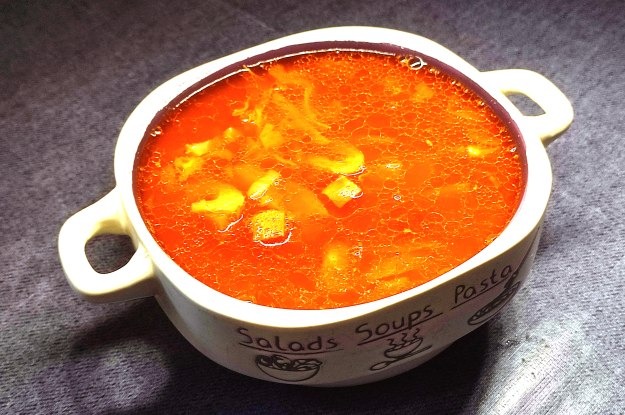
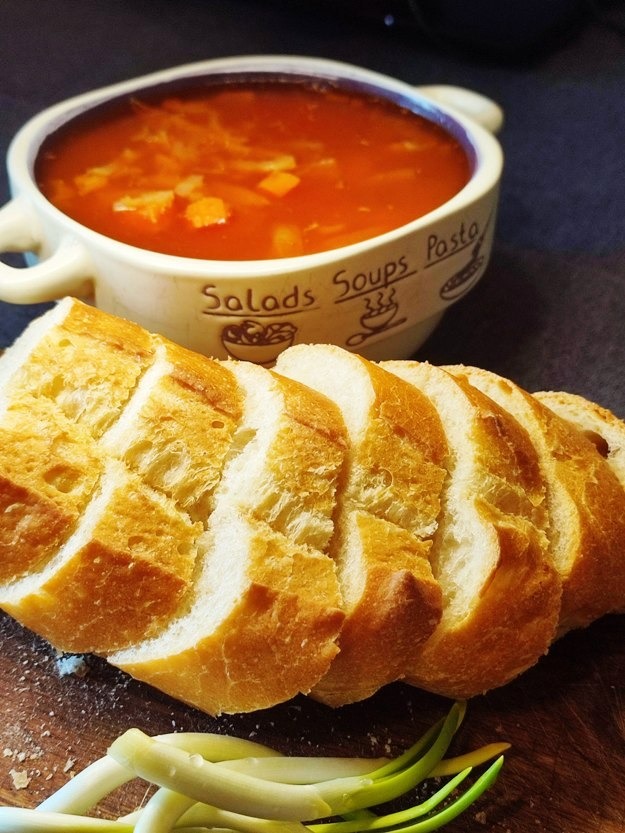

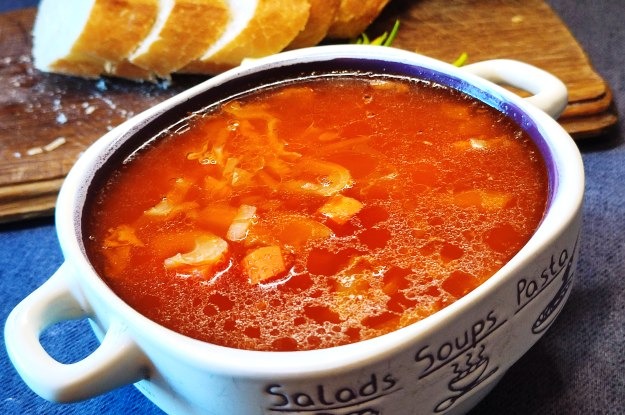
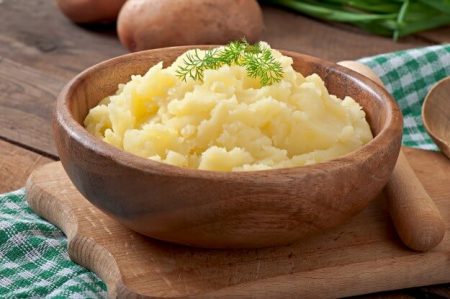
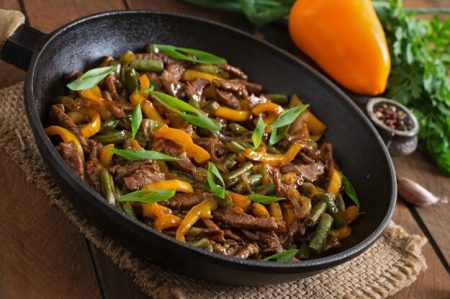
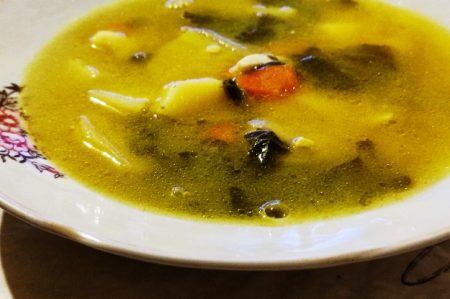
Recent comments